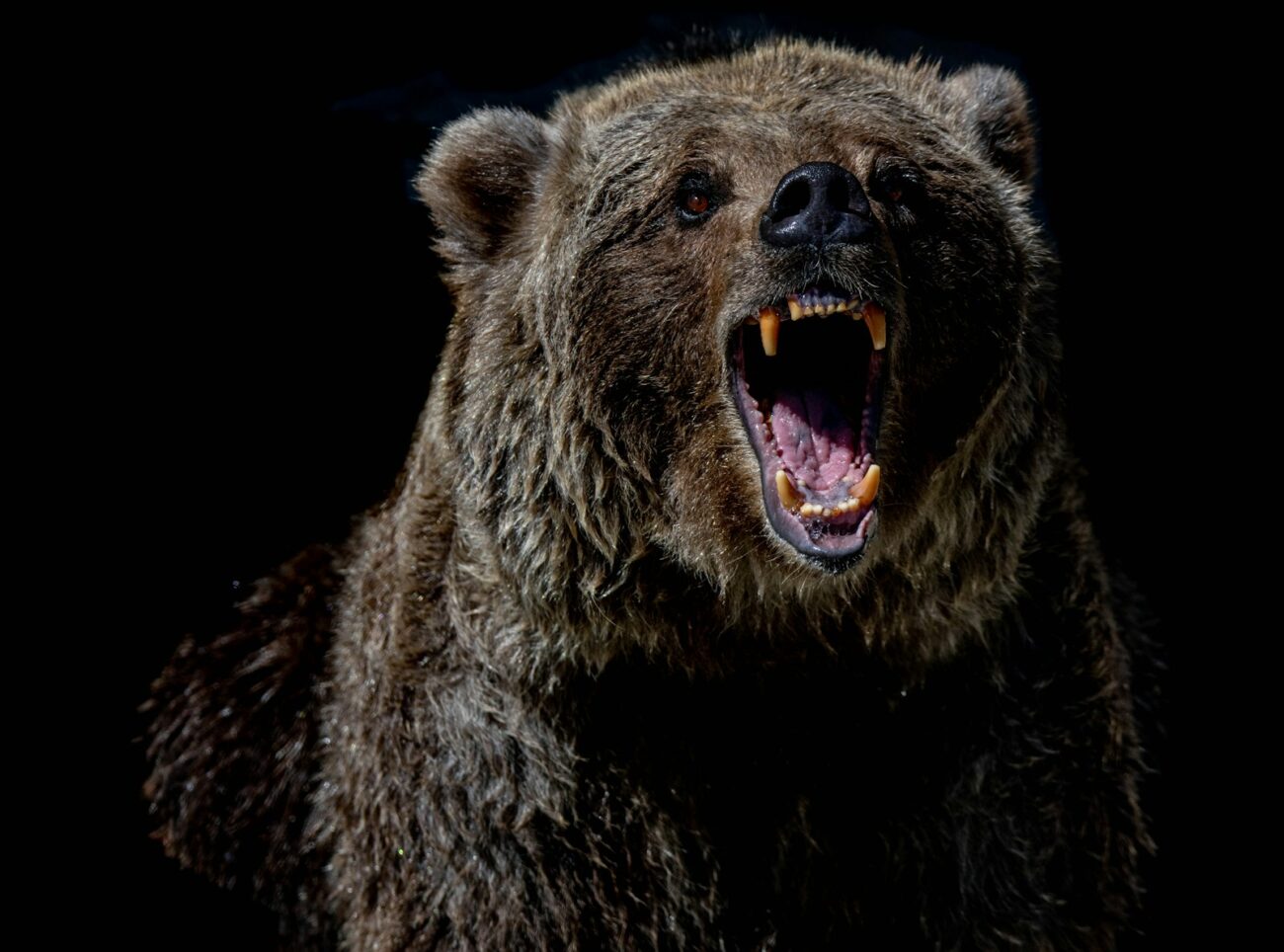When venturing into the wilderness or even in suburban areas, encounters with wildlife can happen unexpectedly. One of the most terrifying scenarios is having an animal charge directly at you. Whether it’s a bear in the mountains, a moose in the forest, or even a domestic dog in your neighborhood, knowing how to react appropriately can mean the difference between a dangerous situation and a safe outcome. Animal charges are often misunderstood, and human instincts don’t always lead to the safest responses. This comprehensive guide will help you understand why animals charge, how to identify warning signs, and most importantly, how to react appropriately to different species to maximize your chances of walking away unharmed.
Understanding Why Animals Charge
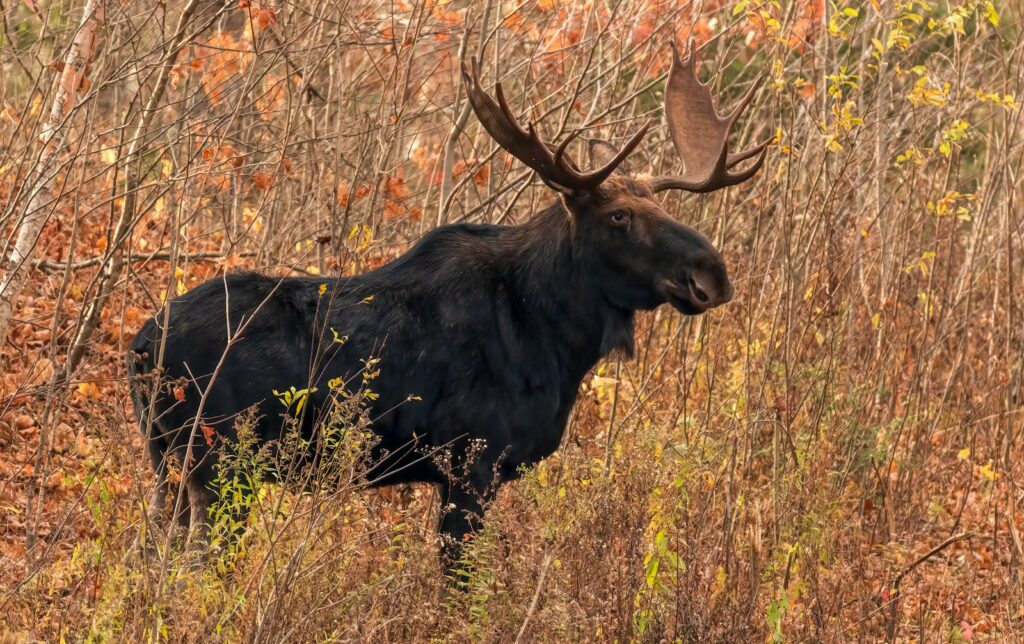
Animals rarely charge humans without reason, and understanding their motivation is crucial for formulating the appropriate response. Most charges stem from the animal feeling threatened, protecting young or territory, or perceiving you as a competitor or prey. Some animals, like moose or elk, may charge during mating season when hormone levels make them particularly aggressive and territorial. Predators such as mountain lions might charge as part of their hunting behavior, though this is less common with humans. Bears often charge as a defensive mechanism when startled or when they feel their cubs are threatened. Recognizing these motivations can help you assess the situation and determine whether you’re facing a bluff charge or a genuine attack.
Recognizing Warning Signs Before a Charge
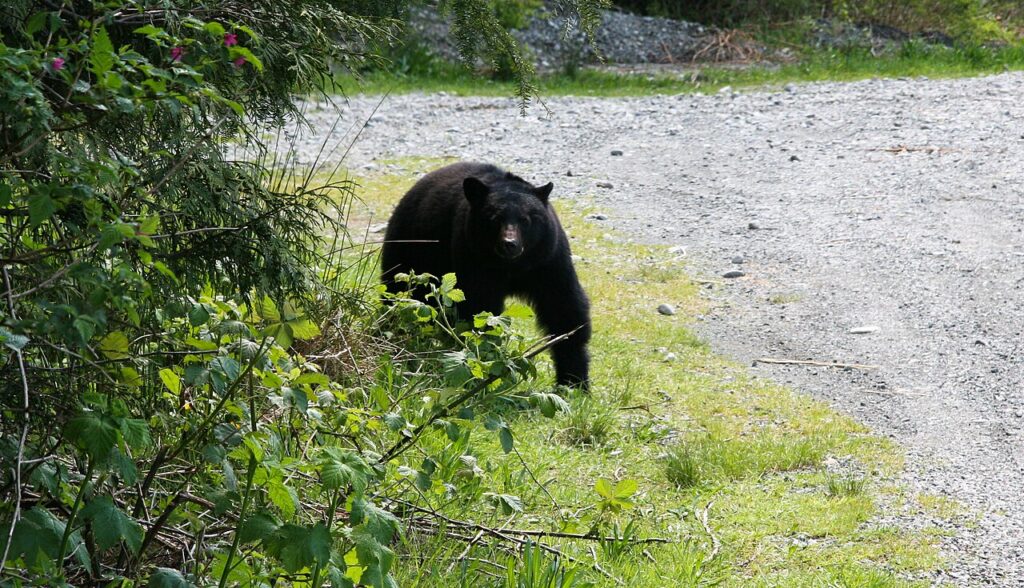
Most animals give clear warning signs before charging, providing a critical window of opportunity to defuse the situation. Watch for changes in posture, such as raised hackles, flattened ears, or a lowered head, which often indicate agitation or preparation to charge. Vocalizations like growling, hissing, huffing, or stamping hooves serve as audio warnings that the animal feels threatened. Behavioral indicators include pacing, false charges (where the animal rushes forward but stops short), pawing at the ground, or swaying side to side. With bears specifically, look for jaw-popping or teeth-clacking, which indicates extreme stress. Learning to identify these signs for different species can give you precious seconds to implement appropriate defensive measures.
General Principles for Any Animal Encounter

Regardless of the species you encounter, certain universal principles can help reduce the likelihood of a charge. Always maintain a respectful distance from wildlife, using binoculars or zoom lenses rather than approaching closely for better views or photos. Make your presence known when hiking by talking, singing, or wearing bear bells, especially in areas with dense vegetation or near loud water sources where animals might not hear you approach. Avoid traveling alone when possible, as groups are more intimidating to wildlife and provide assistance if an incident occurs. Never run from a predator, as this can trigger chase instincts and transform a curious animal into a pursuer. Finally, avoid positioning yourself between a mother and her young, as maternal protection is one of the strongest triggers for aggressive behavior in wildlife.
How to React to a Charging Bear
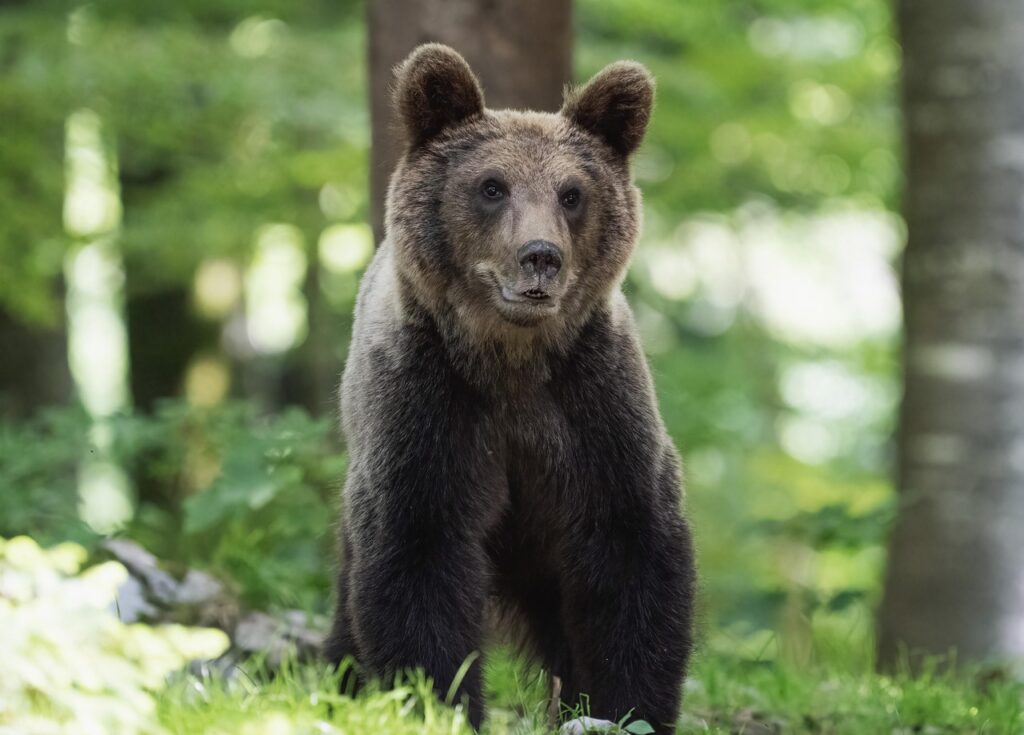
Bear encounters require species-specific responses that might seem counterintuitive. For brown or grizzly bears, stand your ground during a charge and prepare to play dead if contact seems imminent. Once the bear makes contact, lie face down with your hands clasped behind your neck, spread your legs for stability, and remain still until the bear leaves the area. With black bears, the strategy differs significantly—you should make yourself appear as large and intimidating as possible, make loud noises, and fight back aggressively if attacked, targeting the face and muzzle. Carrying bear spray is essential in bear country and can be effective at deterring charges when deployed correctly at a distance of 20-30 feet. Remember that most bear charges are bluffs designed to test your threat level rather than actual attacks.
Responding to Moose and Elk Charges
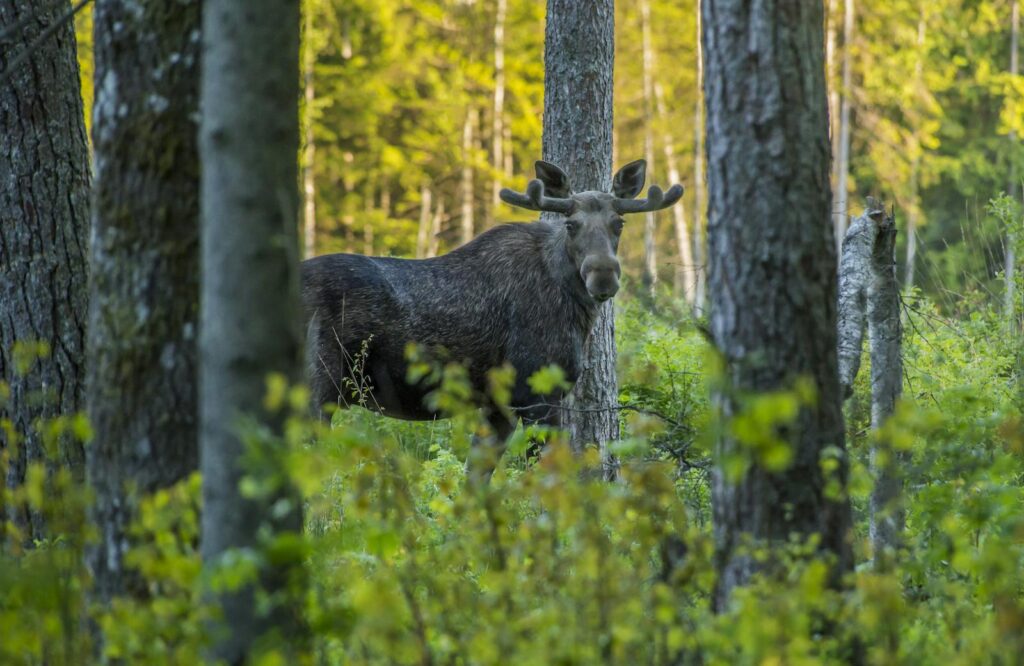
Moose and elk are surprisingly dangerous, causing more injuries in some regions than bears due to their size, strength, and unpredictable nature. If charged by either animal, immediately look for a substantial barrier like a tree, boulder, or vehicle to place between yourself and the charging animal. Unlike with bears, running from moose or elk can be a viable strategy if a solid barrier is nearby, as these animals typically won’t pursue humans beyond what they perceive as their territory. If knocked down, curl into a ball to protect vital organs and remain still until the animal loses interest and moves away. Remember that moose kick forward and to the sides with razor-sharp hooves capable of causing serious injury, so creating distance or barriers is your best defense.
Dealing with Charging Bison or Cattle
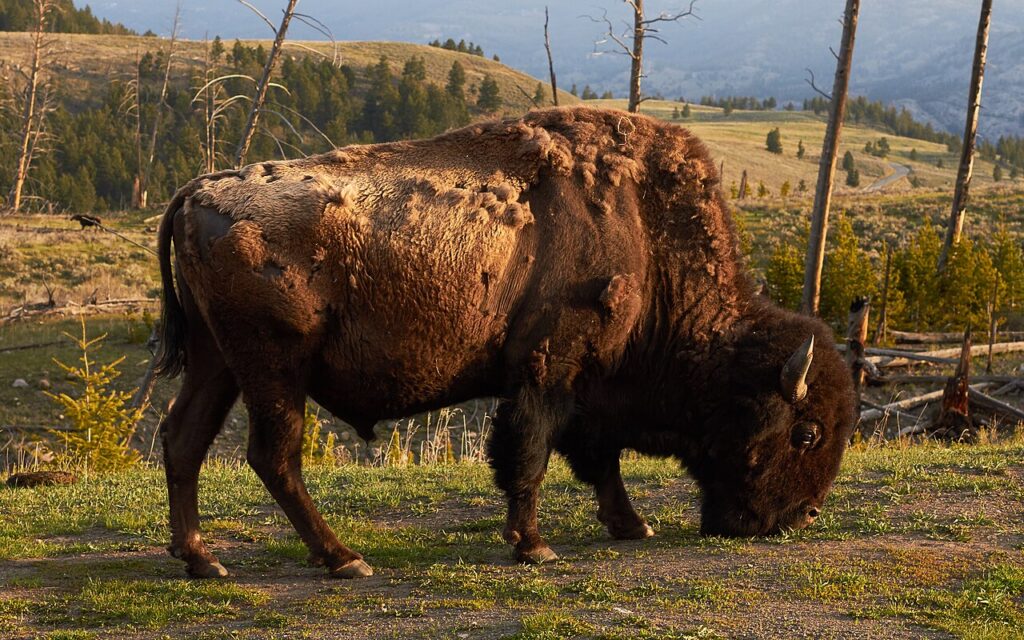
Bison, despite their seemingly docile appearance, are responsible for more injuries in national parks than any other animal and can charge at speeds up to 35 mph. When confronted by charging bison or cattle, seek substantial cover immediately, as these massive animals can cause catastrophic injuries with their horns and sheer weight. If no cover is available, attempt to move perpendicular to the animal’s charge rather than directly away, as these animals don’t change direction as quickly as humans can. Never attempt to climb a fence with your back to the animal, as this makes you vulnerable during the critical moments when the animal is closest. In agricultural settings with domestic cattle, watch for signs of agitation like pawing the ground or head-shaking, and maintain awareness that bulls are not the only threat—cows protecting calves can be equally dangerous.
Facing Big Cats (Mountain Lions/Cougars)
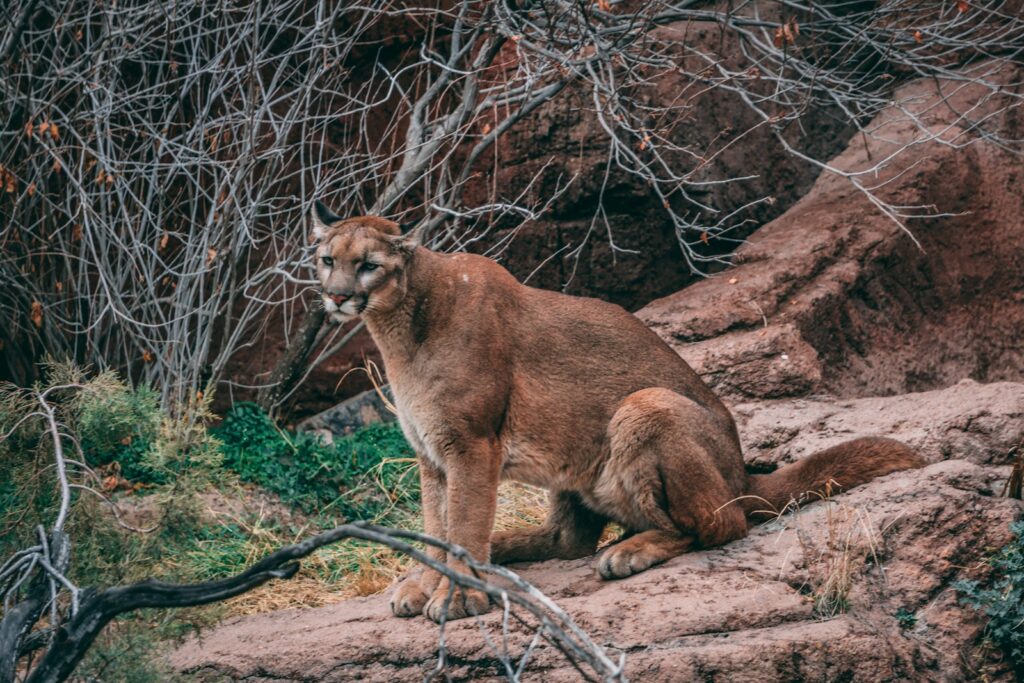
Mountain lion encounters require a completely different strategy than other wildlife confrontations. If a mountain lion charges, stand your ground, make yourself appear as large as possible by raising and waving your arms or opening a jacket, and make loud, authoritative noises. Maintain direct eye contact, as mountain lions are less likely to attack when they know they’ve been spotted. If the cat continues to approach, throw objects without bending over or turning your back. In the rare event of an actual attack, fight back vigorously using whatever weapons are available—sticks, rocks, fishing poles, or even your bare hands—targeting sensitive areas like the eyes and nose. Unlike with bears, playing dead is never recommended during a mountain lion attack, as these predators may see you as prey and continue the assault.
Managing Charging Wild Boars or Feral Hogs
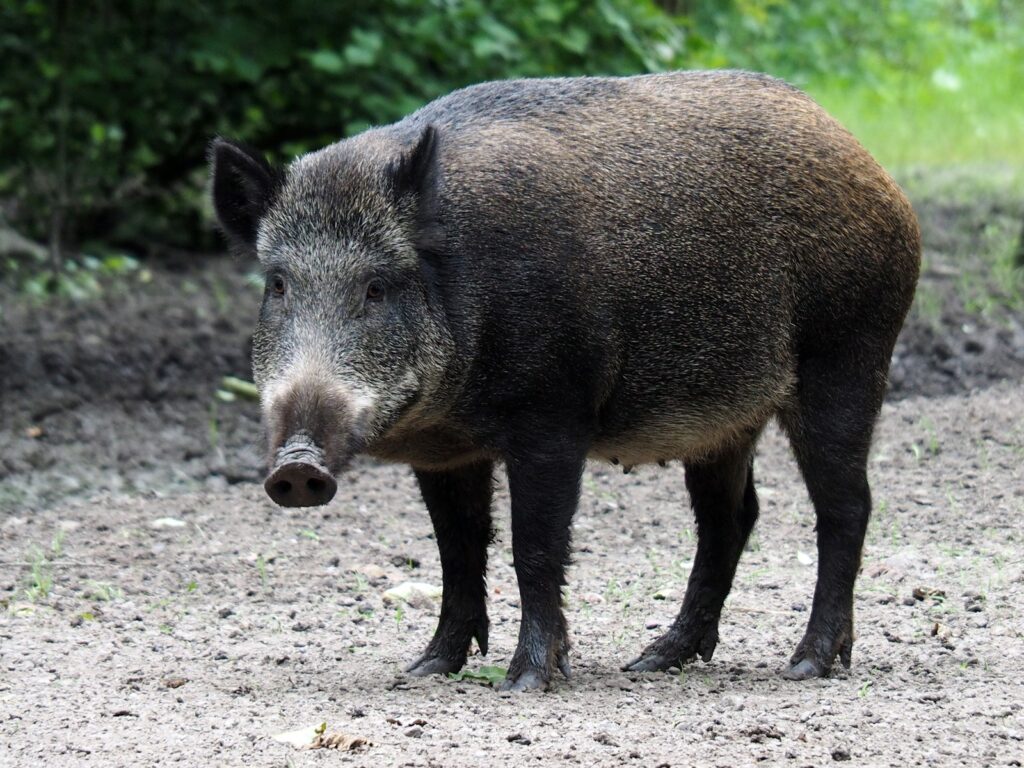
Wild boars present a unique threat with their sharp tusks, surprising speed, and unpredictable behavior. When facing a charging boar, quickly seek elevated ground like a boulder, vehicle hood, or tree, as these animals cannot climb but can run faster than humans on level ground. If climbing isn’t possible, place a solid object between yourself and the boar, such as a tree or large rock. Should contact be imminent, protect your legs, as boars typically attack with upward thrusts of their tusks targeting the lower body. After an initial charge, boars may circle back for subsequent attacks, so maintain your elevated position or barrier until the animal completely leaves the area. These highly adaptable animals are expanding their range in North America, making encounters increasingly common even in suburban areas.
Responding to Domestic Dog Charges
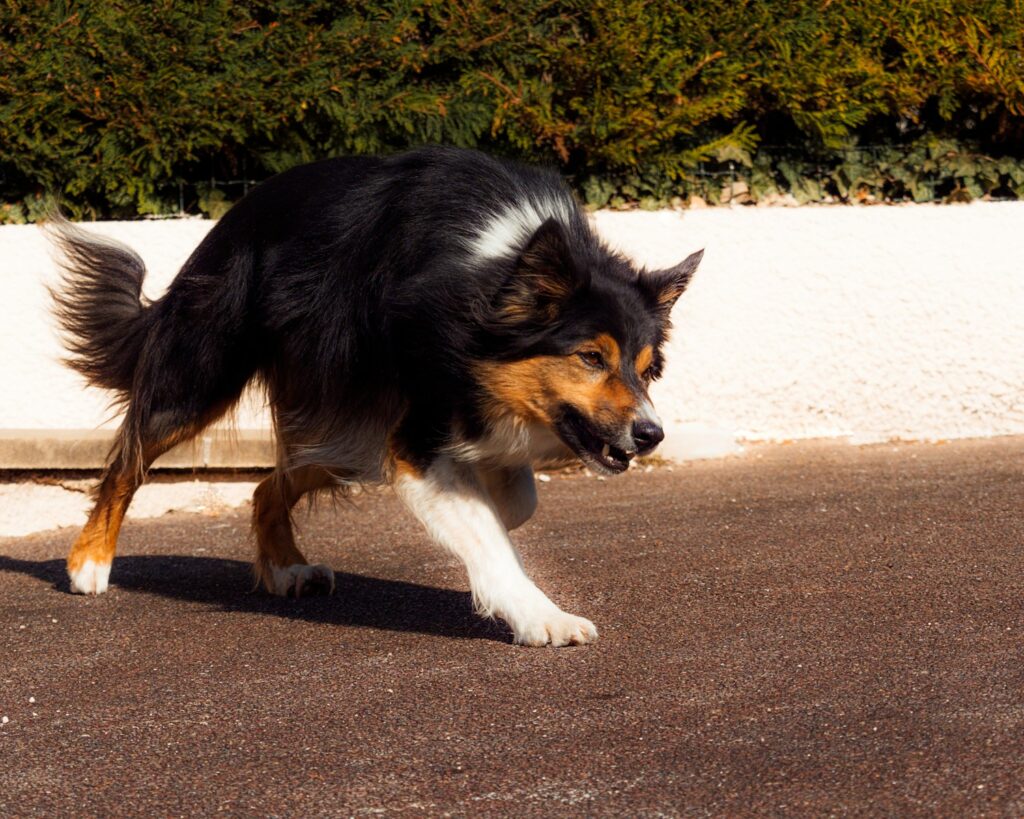
Domestic dog charges are statistically the most common animal charge humans experience and require a specific approach. Remain calm and avoid making direct eye contact, as dogs may interpret this as a challenge or threat. Stand still with your arms at your sides or folded across your chest, speaking in a firm but calm voice with commands like “no” or “stay.” Never run, scream, or wave your arms, as these actions can intensify the dog’s excitement or aggression. If knocked down, curl into a ball protecting your head and neck with your arms while keeping your fists closed to protect fingers. For mail carriers and frequent visitors to areas with territorial dogs, carrying EPA-approved dog deterrent spray provides a humane option for protection during unexpected encounters.
Using Deterrents Effectively
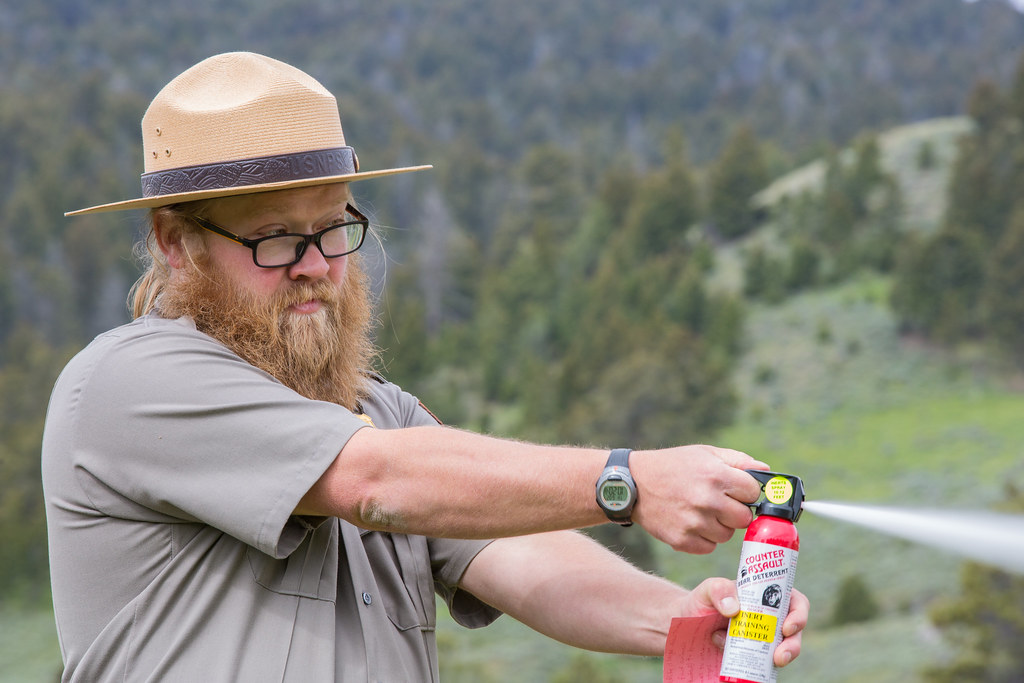
Various deterrents can help prevent or stop an animal charge, but proper usage is critical for effectiveness. Bear spray, containing capsaicin derivatives, creates a burning sensation in the eyes, nose, and lungs, and should be carried readily accessible (not in your backpack) in bear country. Deploy bear spray in a downward arc when the animal is 20-30 feet away, creating a cloud the animal must pass through. For smaller predators or domestic dogs, commercial dog sprays provide a less potent but effective option with a shorter range of 10-15 feet. Sound deterrents like air horns can startle animals and potentially interrupt a charge, though they may be ineffective with highly agitated animals. Electronic deterrents that emit ultrasonic frequencies show mixed effectiveness and should not be your primary defense strategy in serious wildlife encounters.
After a Charge: What to Do Next
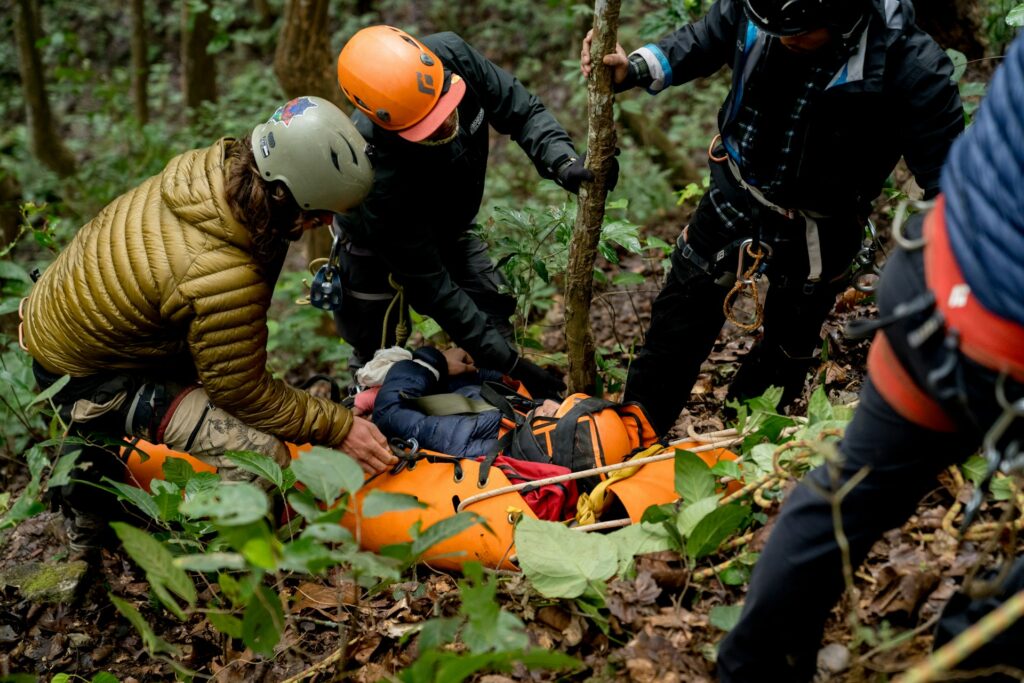
After surviving an animal charge, your actions in the following minutes are crucial for safety and reporting. First, assess yourself and companions for injuries, addressing any wounds with first aid while maintaining awareness of your surroundings as the animal may return. Create distance between yourself and the location of the encounter by calmly moving away in the direction you came from, rather than continuing on your planned route which might lead to further encounters. Report the incident to appropriate authorities like park rangers, wildlife officials, or animal control as soon as possible, providing specific location details and descriptions of the animal’s behavior. This reporting helps authorities monitor problematic animals and warn other visitors about potential dangers in the area. Finally, document the encounter with photos of any injuries or property damage for potential insurance claims or medical records.
Preventative Measures and Education
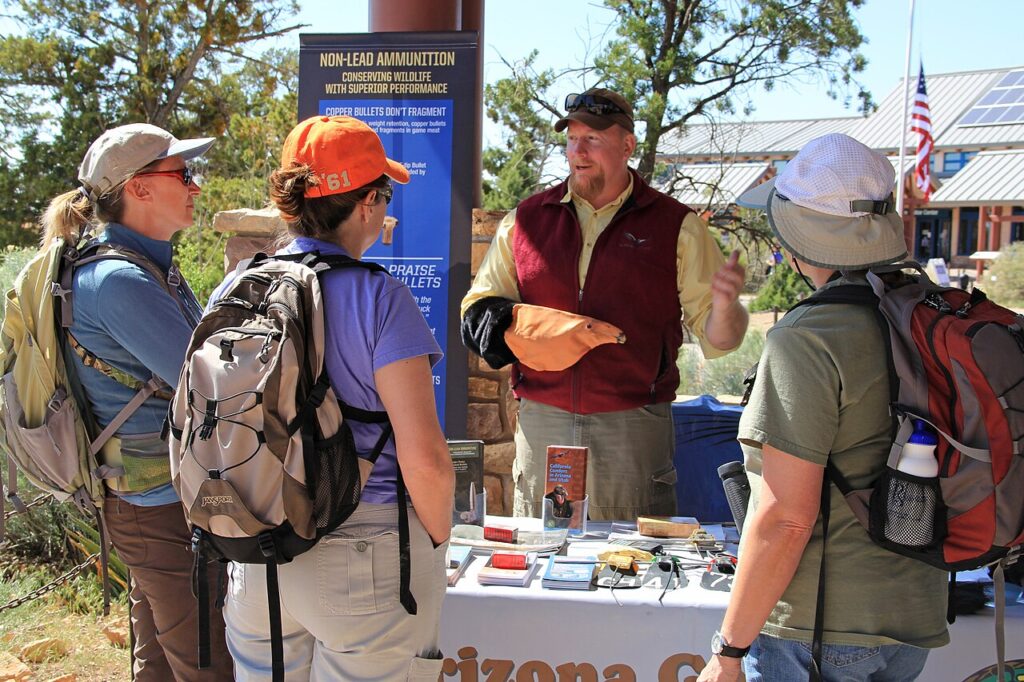
The best strategy for animal charges is preventing them entirely through education and preparation. Before visiting wildlife areas, research the specific animals inhabiting that region and learn their typical behaviors and warning signs. Carry appropriate deterrents for the wildlife you might encounter and practice using them before your trip, as fumbling with unfamiliar equipment during an emergency can be disastrous. Dress appropriately in neutral colors that won’t attract attention or be mistaken for prey animals, avoiding perfumes or scented products that might attract curious wildlife. Secure food and garbage properly using wildlife-resistant containers, as many charges occur when animals associate humans with food sources. Finally, consider taking a wildlife safety course if you frequently venture into areas with potentially dangerous animals, as hands-on training provides confidence and muscle memory that can be crucial during high-stress encounters.
Special Considerations for Different Environments
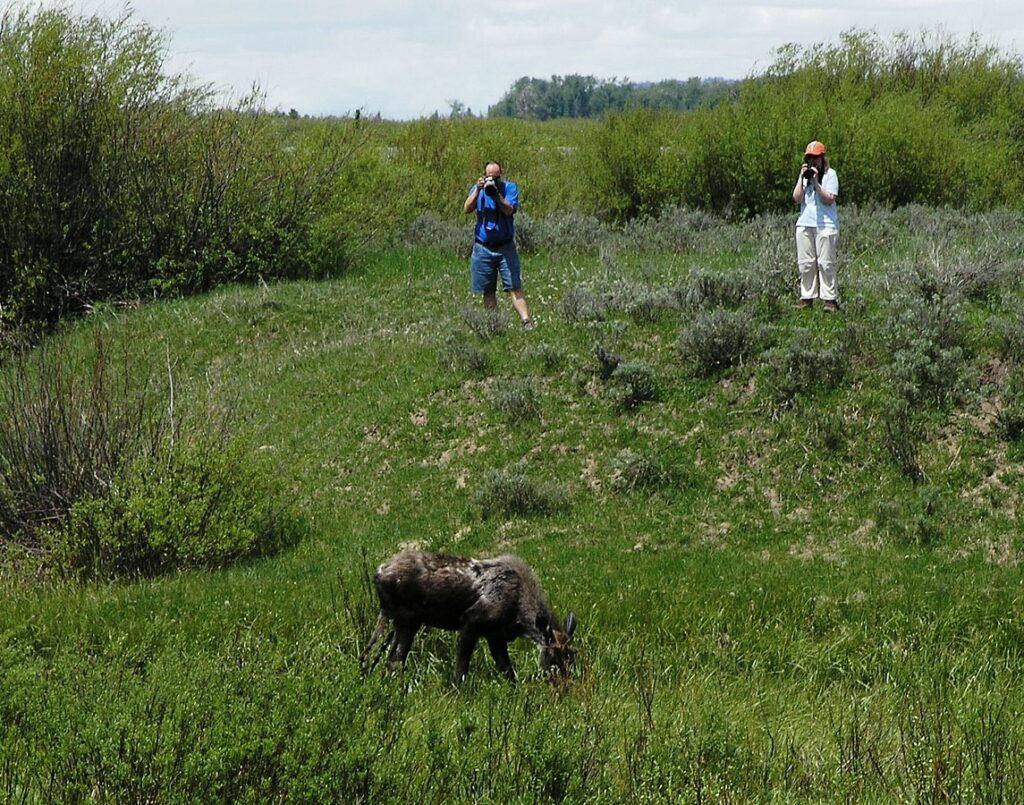
Wildlife behavior varies significantly based on the environment, requiring adjusted strategies for different settings. In dense forests with limited visibility, make extra noise while traveling and carry deterrent spray in a holster for immediate access, as encounters may occur suddenly at close range. In open grasslands or plains, use the advantage of visibility to spot animals at a distance and alter your route to maintain a safe separation. Desert environments present unique challenges with potentially aggressive wildlife like javelinas or rattlesnakes, requiring vigilance when approaching water sources where animals concentrate. Suburban interfaces where wildlife and human habitats overlap create complex situations where animals may be partially habituated to humans but still unpredictable. Understanding these environmental factors helps you anticipate the types of encounters most likely in a given setting and prepare accordingly.
Legal and Ethical Considerations
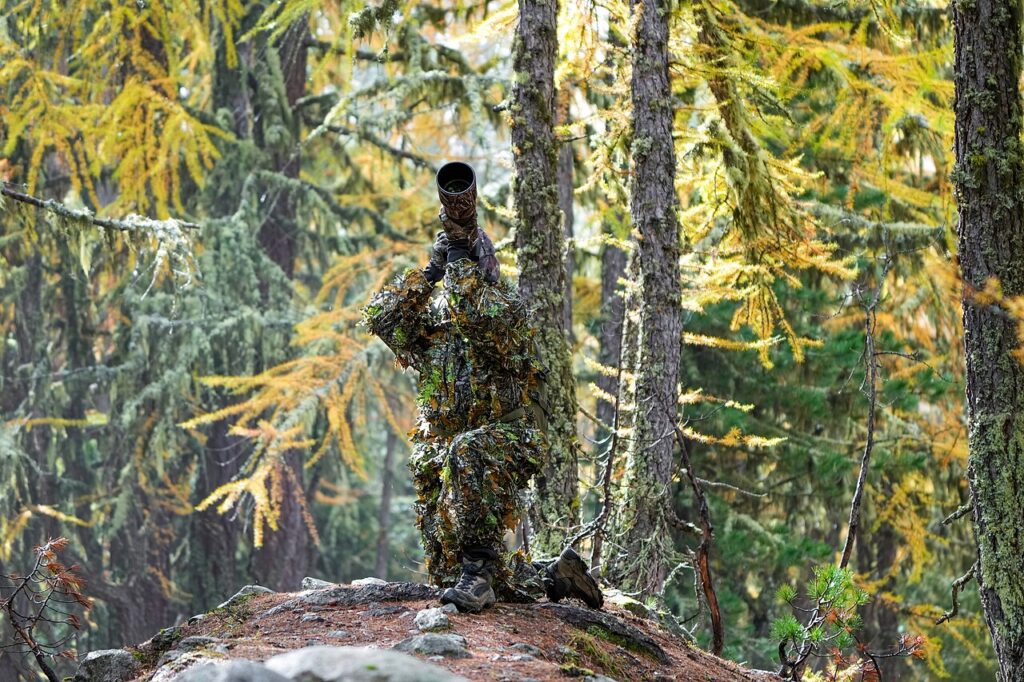
Understanding the legal and ethical framework surrounding wildlife encounters is essential for proper response and reporting. Most wildlife is protected by various laws that prohibit harassment or unnecessary harm, even when you feel threatened, making non-lethal deterrents the preferred first option. If you’re forced to injure an animal in self-defense, report the incident immediately to appropriate authorities who can document the circumstances and provide appropriate follow-up care for the animal if possible. Certain protected or endangered species may have specific legal protections that affect how incidents are handled afterward. From an ethical perspective, remember that you are entering the animal’s natural habitat, and the responsibility to avoid confrontation lies primarily with the human visitor. By respecting wildlife space and behaving appropriately in animal habitats, we can reduce dangerous encounters while preserving the natural behaviors and populations of wild animals for future generations.
Facing a charging animal is undoubtedly one of the most frightening experiences in nature, but with knowledge and preparation, you can significantly improve your chances of a positive outcome. The key takeaway is that different species require different responses—what works for a bear could be disastrous with a mountain lion or moose. By understanding animal behavior, recognizing warning signs, and practicing appropriate responses before you need them, you transform panic into purposeful action during a crisis. Remember that most charges are defensive rather than predatory, and animals typically prefer to avoid conflict with humans when given the option. As we continue to share spaces with wildlife, let’s do so with respect, knowledge, and preparation, ensuring safety for both humans and the magnificent animals with whom we share our planet.

